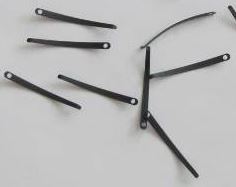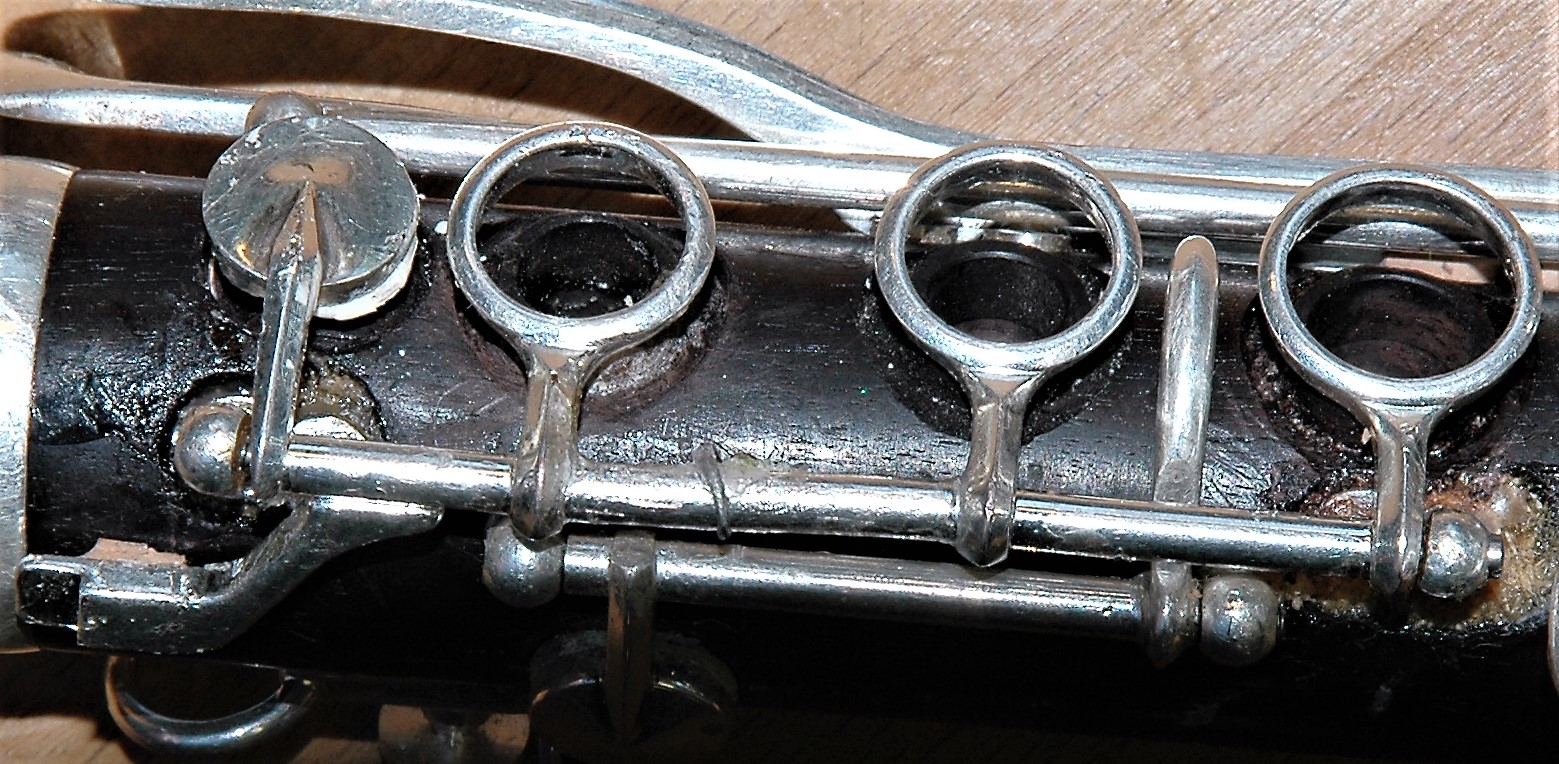-
Lohff & Pfeiffer
About Lohff & Pfeiffer
Iimprint
Contact
Newsletter
Location
L&P team
- Instruments
General
Trade options
About clarinet
Search specific instrument
Ab-clarinet
Eb-clarinet
D-clarinet
C-clarinet
Bb-clarinet
A-clarinet
Mozart basset-clarinet A
G-clarinet
Bassethorn F
Alto-clarinet Eb
Bass-clarinet
Contraalto Eb-clarinet
Contrabasse Bb-clarinet
German-Albert system Bb
Reform Boehm A & Bb
Peter Bastian Instruments
Plateau clarinets
Quartertone clarinet
- L&P Optimization
Optimization
Customization
Specialities
Special Keywork
- Accessories
General
Care products
For instruments
Reeds
Tools for reeds
Straps and hand rests
- Repair
Book time
About Repair
Maintenance
Plating-Surface treatment
Pads
Padding style
Cracks
Tone hole problems
Joints
- Tips & Advice
How to..
Videos
Worldwide external information
Problems & help
Education & learning

.Spring problems
Spring tension
For a spring to work satisfactorily, it must have the appropriate spring tension. This depends heavily on 4 factors.
1. Material:
a. Gold springs are the softest b. Bronze springs have a little more tension c. Steel springs are strongest and have the fastest repetition. A distinction is made between stainless steel springs that cannot rust and blued steel springs. However, the alloy and the hardening process used are also very important.
2. The thickness of flat springs and the thickness of needle springs
3. How they are bent. The degree of bending and the length of the bent part are essential. Furthermore, the angle with which the spring presses on the spring hook of the key should run parallel to the axis and in the direction of rotation.
4. The length of the spring hook is important for needle springs. A weak spring can gain tension through a longer spring hook.
Weak springs
If the spring is too weak it can:
Be tightened. If it is a flat spring, take off the key and bend the spring further. Needle springs can often be re-tensioned without taking the key off of the instrument. To do this, lift it out of the spring hook with a spring hook tool, a screwdriver, or a knitting needle and bend it further in the direction in which it is already bent. Then put it back into place again.
If this is not enough, use a stronger or thicker spring. If the repetition is too slow, gold and bronze springs can be exchanged for steel springs.
Spring too strong
First, the spring tension should be reduced by bending the spring back, so that it becomes more straightforward. If that's not enough, it can be exchanged for a softer type. Alternatively, an extra depression can be made in the spring hook, which is closer to the turning point of the axis.
Vibrating springs
They can produce irritating high frequencies. If it is a flat spring tighten the screw which holds the spring. The spring can vibrate when they are loosely anchored in the base. They should be removed from the post, the end needs to be flattened more on an anvil and reinstalled. They must be pressed tightly into the base and neither glued nor soldered. In some cases, the spring must be covered with adhesive tape or shrink tubing.
Loose springs
The spring screw must be tightened for flat springs. Needle springs should be removed, the end hammered on an anvil, and reinstalled. They must be pressed tightly into the base and neither glued nor soldered.
Slow springs
If keys repeat too slowly, the spring material can be too soft and should be replaced with a stronger one. It may also be, that the distance between the posts is too narrow and they press against the key. In this case, either the key should be shortened a little with a fine file, or one of the pointed screws should be loosened. The cause is usually a low humidity level. The L&P ball bearing system completely bypasses this problem. More information on this LP ball bearing system
Rusted springs
Steel springs can rust. To avoid this, the springs should occasionally be coated with some precision mechanic oil. In most cases, it is only so-called surface rust. As soon as you see rust on springs, it should be removed, and the spring should be oiled. Rust is particularly common on the A-key spring as well as the side keys. The cause of this is often saliva that has run into the tone hole and later to the spring of the key. The saliva enzymes are very aggressive and accelerate rusting.
Broken springs
Broken flat springs can simply be unscrewed and replaced. It is highly recommended to always have a set of spare springs in the instrument box, as spare parts are often difficult to obtain in an emergency. Sometimes you must wait months for them!
Broken needle springs can be a challenge. Those who have no experience with it should leave it to the specialist. Do-it-yourself approaches can end badly.
Not everyone should Do-it-yourselfe
Spongy spring action
If the key movement feels spongy and imprecise it is mostly due to the incorrectly tensioned spring. Know-how is required here and that should be left to the specialist.
Help us to get better
Was this article helpful?
Comments, additions or questions are always welcome at: info@clarinet.dk(C) 2014 - by Lohff & Pfeiffer - Brøndbyvej 211 - 2625 Vallensbæk + 45 3535 8643 - SE DK 1895 7485 info@clarinet.dk - Instruments






